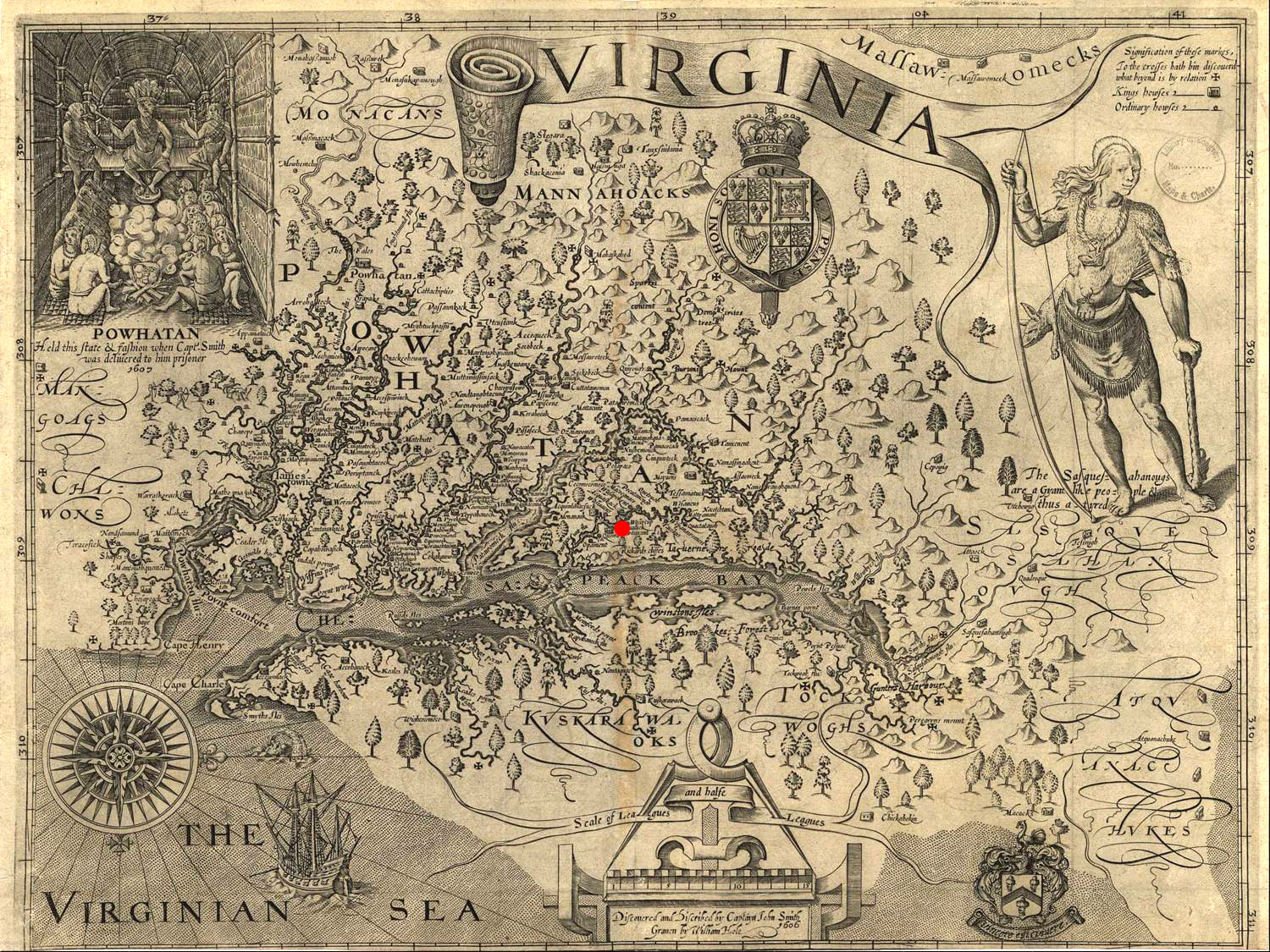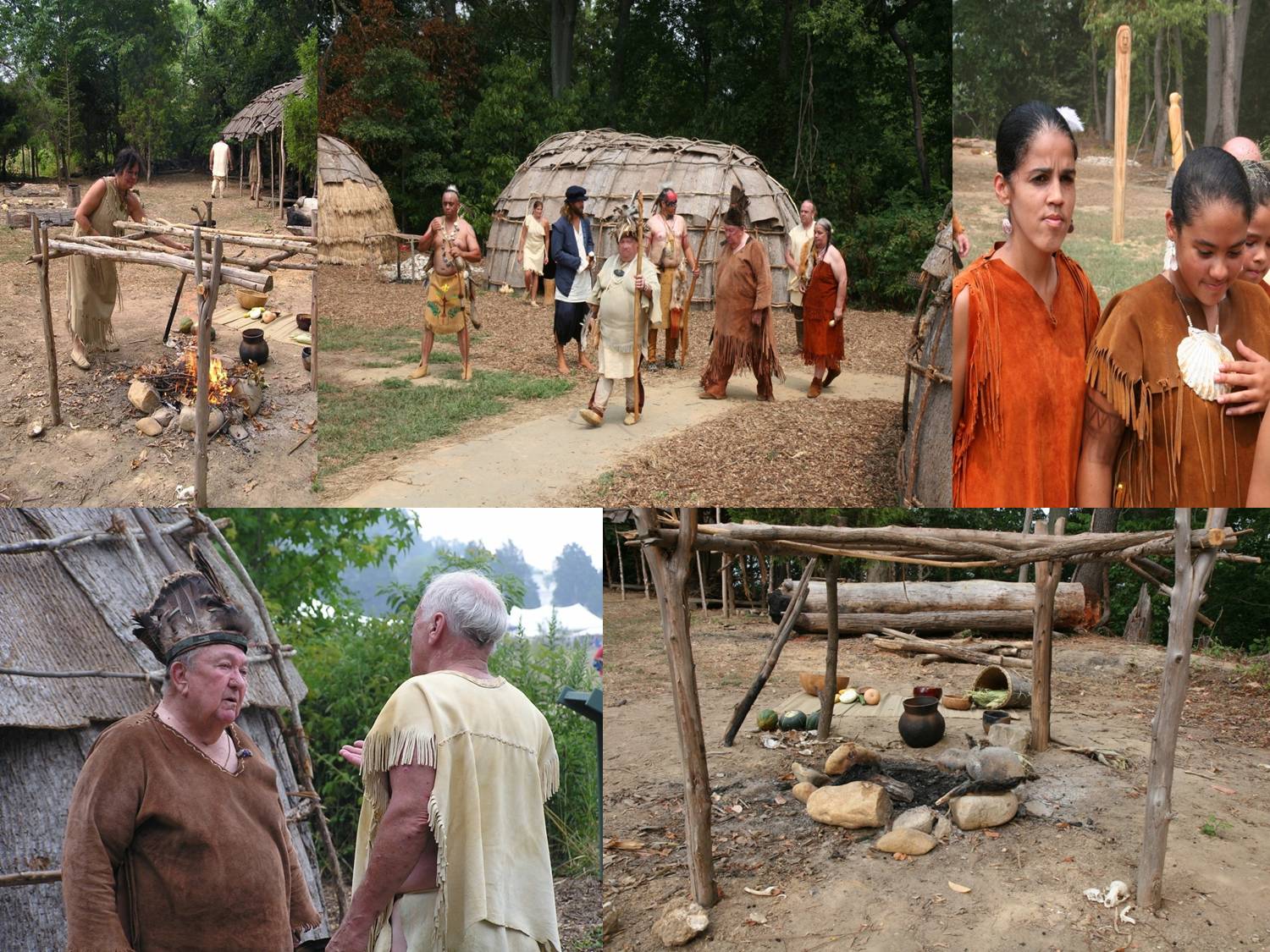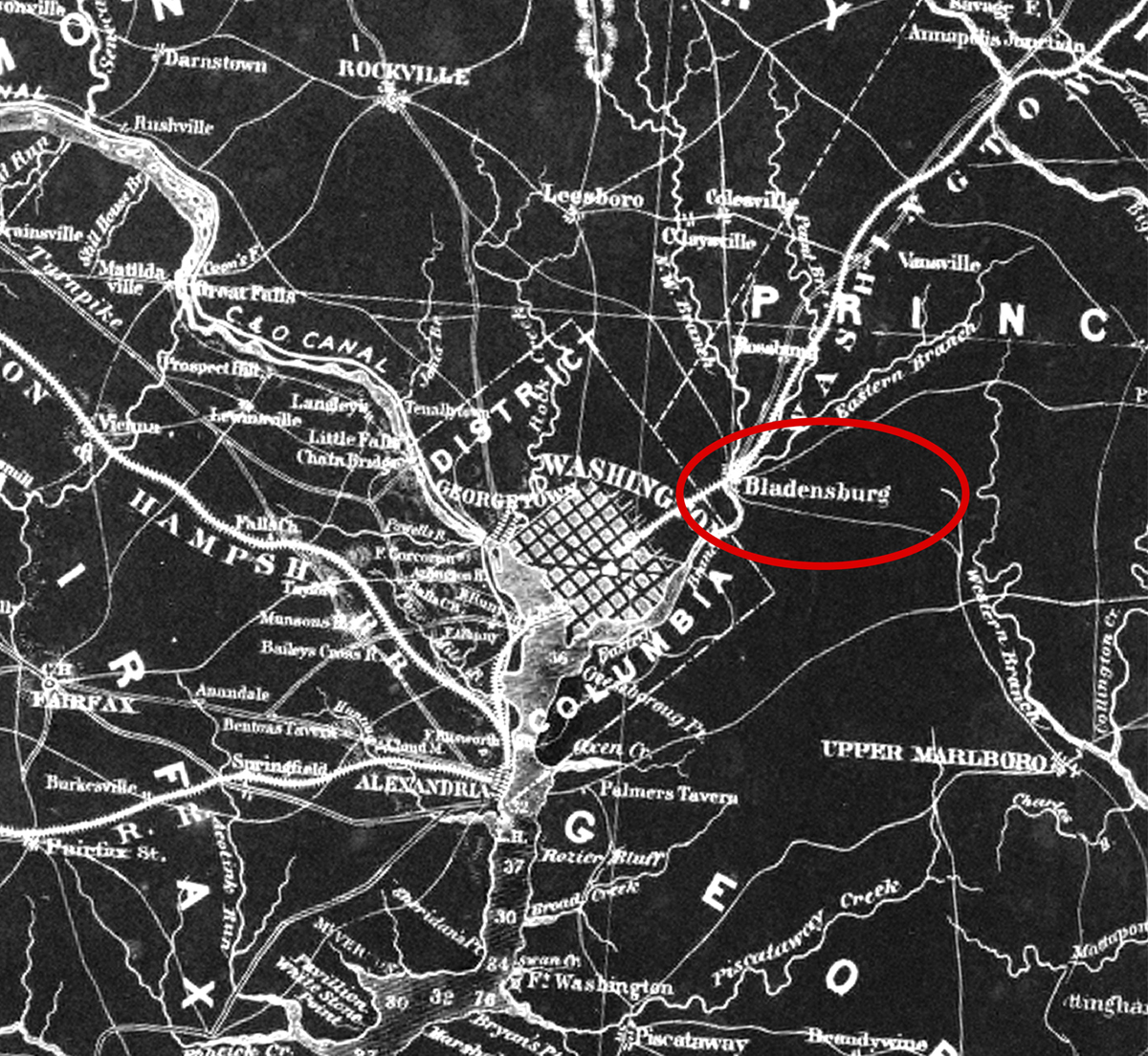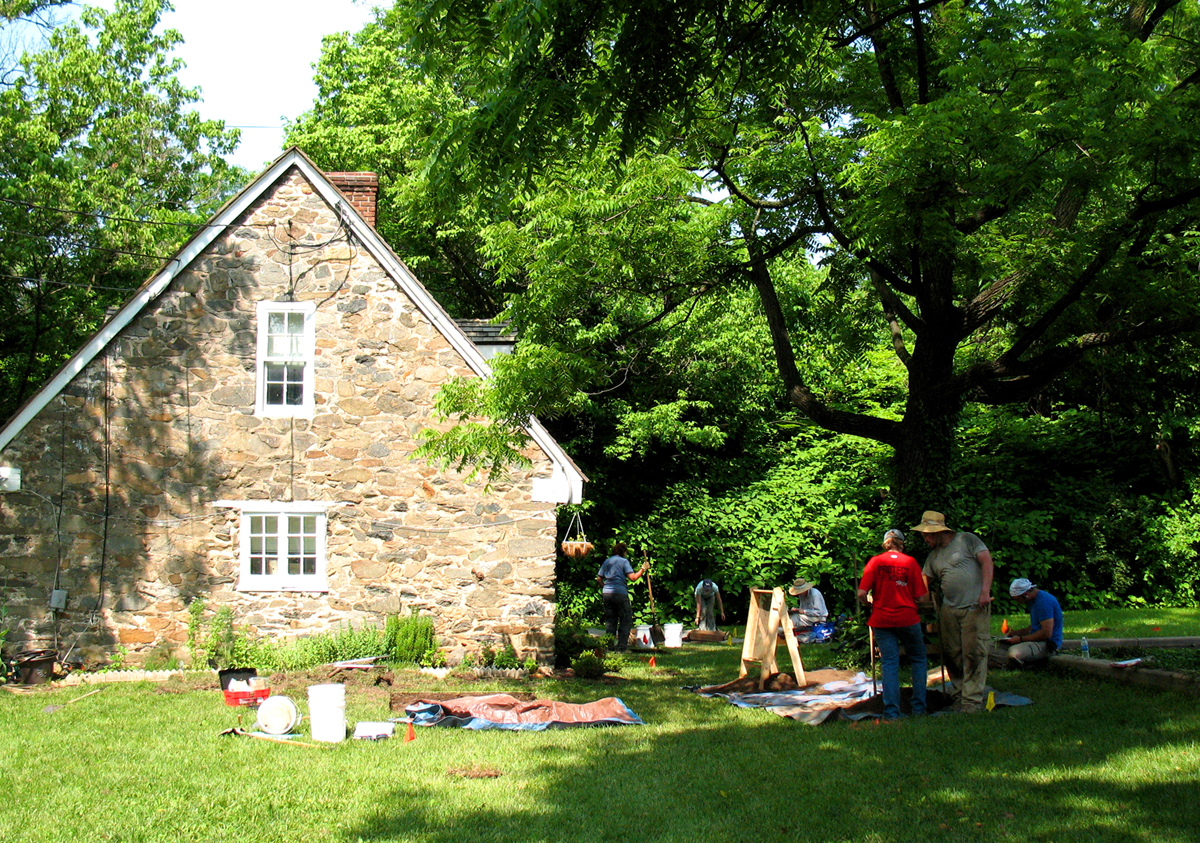Historical Archaeology in Maryland
Patuxent Encounters: Scenes from a Late Woodland Village on Chesapeake Bay
Kelly Michele Cooper
Ecology, Commerce, Conflict and Transportation Along Maryland’s Anacostia River
Michael Peter Roller and Julie Marie Schablitsky
Patuxent Encounters: Scenes from a Late Woodland Village on Chesapeake Bay
Kelly Michele Cooper
In August of 2007, Jefferson Patterson Park and Museum, located along the Patuxent River in Southern Maryland, hosted Patuxent Encounters: The Patuxent Indians and Captain John Smith, just one of the many events highlighting the 400th anniversary of Captain John Smith’s exploration of the Chesapeake Bay. Archaeological and ethnographic data suggest that a possible village, depicted on Smith’s 1608 map, was located within the 560-acre park. As part of the six month commemoration, educators and archaeologists at Jefferson Patterson Park and Museum constructed a recreated Eastern Woodland Village, which has allowed park educators to bring to life the archaeology of the seventeenth-century Chesapeake. This paper provides images from the village during Patuxent Encounters weekend, which provided the public a glimpse of Native American and Colonial interaction during the early years of settlement.
Figure 1: 17th century map of Virginia with the location of the Jefferson Patterson Park and Museum.
Figure 2: The living history recreation of a 17th century Eastern Woodland village.
Author Biography:
Kelly Cooper offers public programs for Jefferson Patterson Park and Museum in Maryland.
Ecology, Commerce, Conflict and Transportation Along Maryland’s Anacostia River
Michael Peter Roller and Julie Marie Schablitsky
Bladensburg, located adjacent to Washington D.C., is best known for its role in the War of 1812, where the British fought our American troops before marching on to burn our nation’s capitol. Preliminary archaeological investigations at nearby 18th century homes revealed a rich artifact assemblage; public outreach took the form of tours, Webmedia, and educational curriculum for the local schools. Although research is ongoing at these sites, individual artifacts have already revealed new and interesting vignettes about the people who lived in Bladensburg over the last 5000 years. These include 18th century domestic and commercial occupations, Archaic and Woodland period Native American sites, a Civil War-era doctor’s practice, and the home of an early-twentieth century railroad magnate. Sharing the rich material culture with the community of Bladensburg has led to a deeper understanding of their past.
Figure 1: An 1863 map showing the location of Bladensburg.
Figure 2: Excavation at the Market Master’s House.
Author Biographies:
Michael Roller is in the Applied Anthropology graduate program at the University of Maryland. He organized the civic engagement component of the Bladensburg Archaeology Project. Julie Schablitsky the Principal Investigator for the excavations of the Magruder and Market Master’s houses in Bladensburg, and directs the Cultural Resources Section for the Maryland State Highway Administration.







